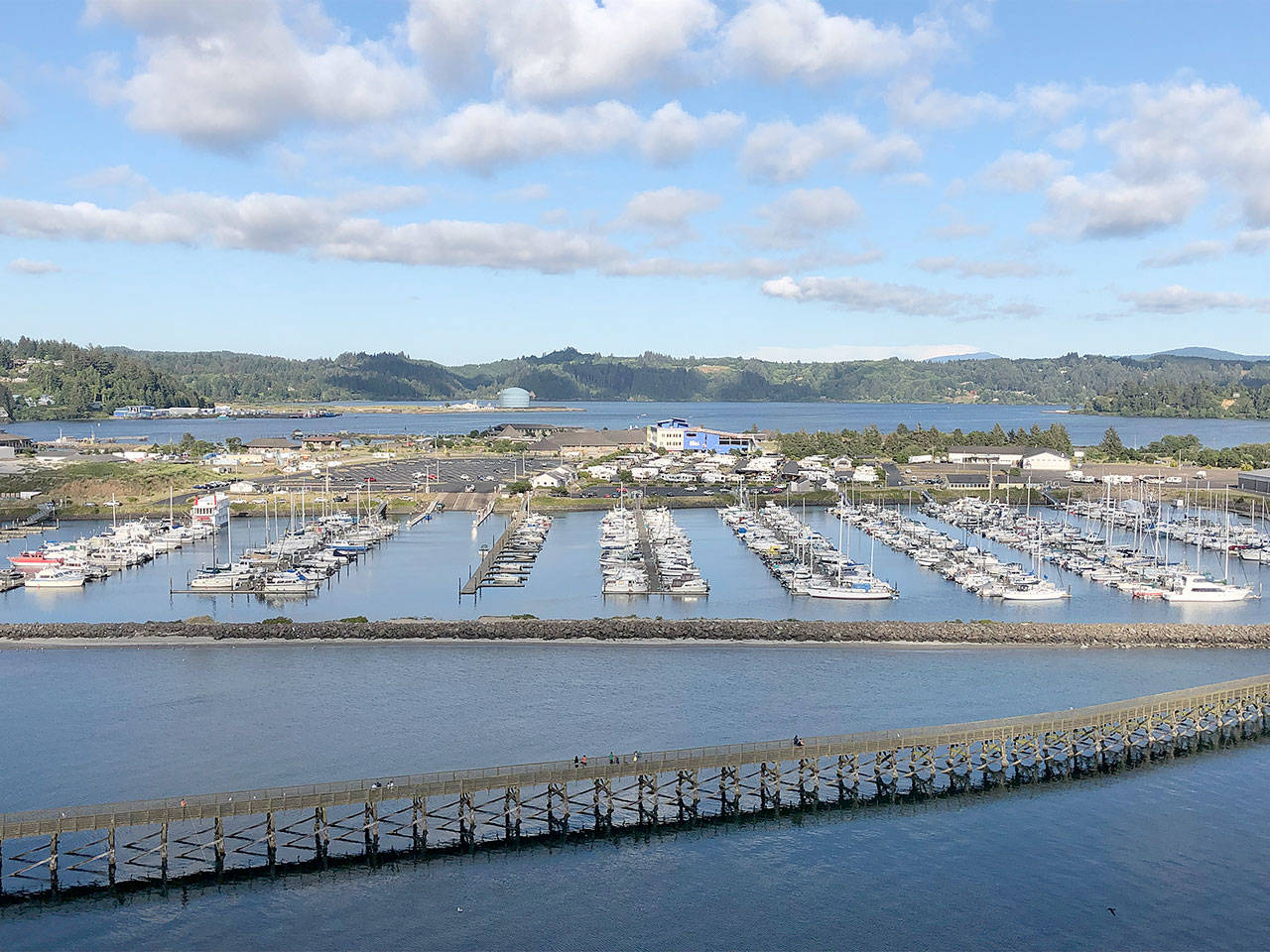SALEM, Ore. — Experts say the big one is coming to the Pacific Northwest: a massive earthquake that will cause buildings and bridges to collapse and unleash a tsunami that will devastate the coast.
But, doubling down on its decision last year to allow the construction of critical facilities in tsunami inundation zones, the Oregon Legislature appears headed to approve building standards for those facilities, like police and fire stations. The House Committee on Natural Resources last month approved the measure by a 6-1 vote, sending it to the House floor for a vote.
A leading earthquake expert, and the lone dissenting voter, said lawmakers are making a big mistake.
“I don’t think that we should have ever opened up tsunami inundation zones to important infrastructure like police, fire stations and so forth. So that’s why I’ll be voting no for the bill,” Rep. Chris Gorsek, a Democrat from the Portland suburb of Troutdale, told the committee.
Most other countries in the world prone to tsunamis have a land-use philosophy in which construction of certain structures are banned depending on their proximity to tsunami inundation zones, said Chris Goldfinger, an Oregon State University professor and an earthquake geologist.
“It’s just probably best not to put things into the tsunami zone at all, no matter how strongly they build them,” Goldfinger said in a telephone interview.
Oregon, however, abandoned that approach last year when the Legislature, with hardly any discussion, repealed a ban enacted in 1995 on construction of certain public facilities in inundation zones.
The American Society of Civil Engineers has decided to recommend allowing buildings in tsunami zones if they’re built to certain standards, Goldfinger noted. The new bill adopts the ASCE standards.
Rep. David Brock Smith, a Republican from the coastal town of Port Orford, tried to convince Gorsek to reconsider his vote by pointing out that there currently are no building standards for critical facilities in the tsunami zone, and that this bill provides them.
The bill’s sponsor, Rep. David Gomberg, a Democrat representing a coastal district, said in an email to voters that “new science, engineering, and architecture are showing us how to construct better and safer.”
Goldfinger, who submitted written testimony opposing the bill, said the ASCE standard is useful in building a vertical evacuation structure and is aimed only at keeping a building from being knocked down
“If you were to build a tsunami-proof, ASCE-coded hospital in a tsunami zone, everybody could well die inside the hospital and the function would be lost, but the steel skeleton would still be there,” he said. “This makes no sense.”
An earthquake in the Cascadia subduction zone, which extends in the ocean off Northern California to Canada’s Vancouver Island, has a 37 percent probability of happening off Oregon in the next 50 years, with a slightly lower chance of one striking near Washington state, Goldfinger said.
Cascadia earthquakes have an average magnitude of around 9, making them among the world’s biggest.
The last time the ocean reared up from a Cascadia earthquake was in 1700.

